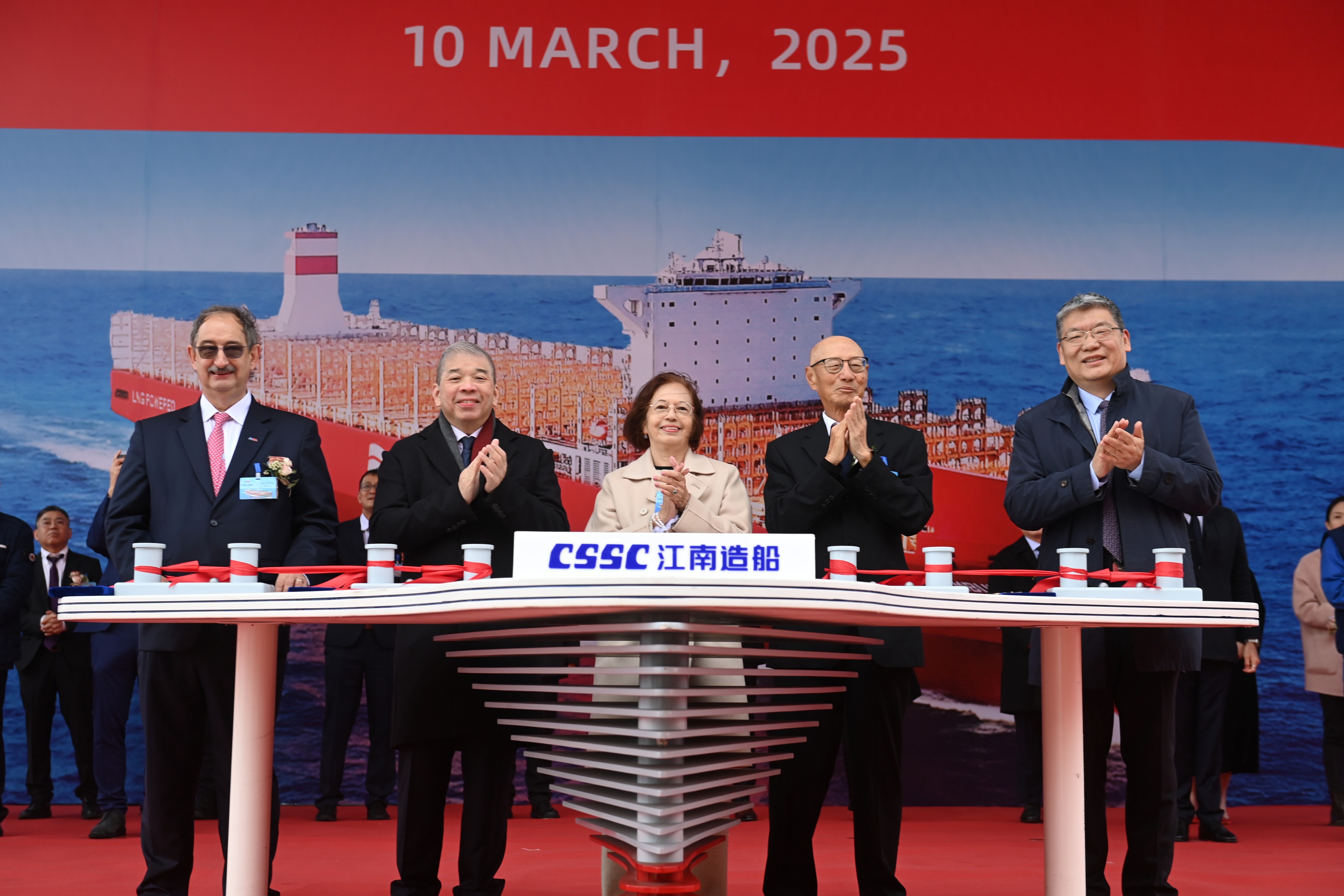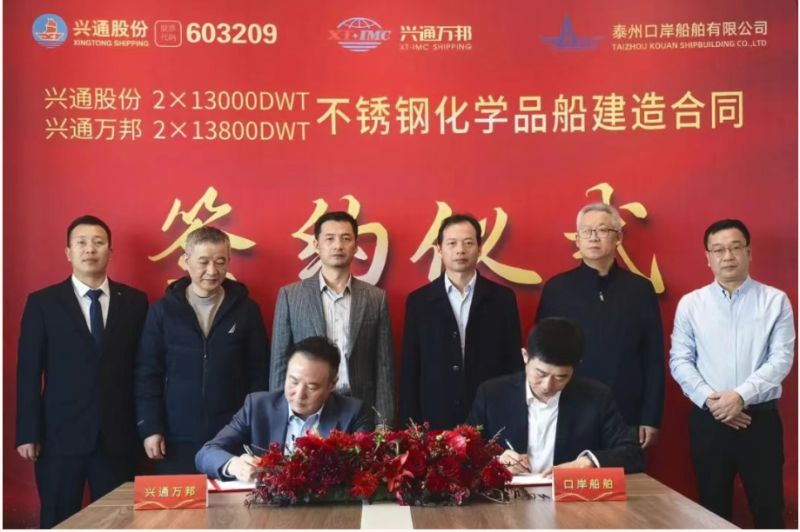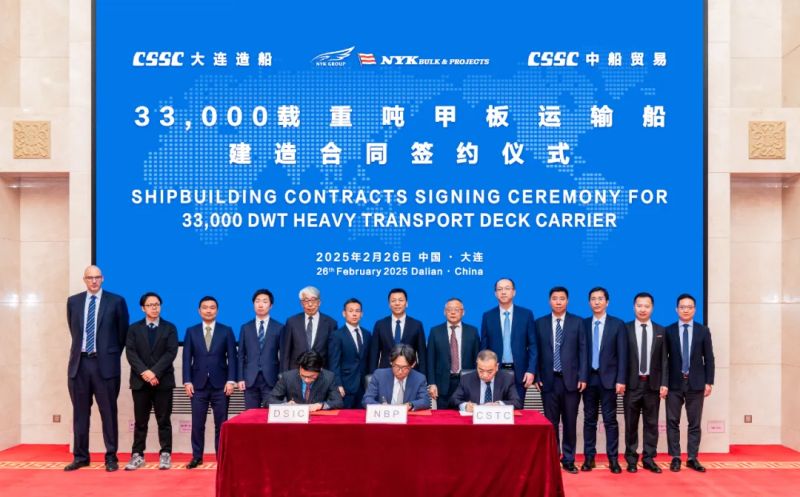Having worked in China's shipbuilding industry for nearly four decades, Hu Keyi has witnessed how the sector has evolved from a follower to a competitive leader on the world stage.
The 59-year-old is today the chief expert of China State Shipbuilding Corp (CSSC), the world's largest shipbuilder. He is also the director of the science and technology committee of Jiangnan Shipyard, a unit of the CSSC.
With a history tracing back to 1865, the shipyard has been the birthplace for many first makings of China over the years.
In 1982, Hu joined the shipyard soon after graduating from Shanghai Jiao Tong University. During his time at the shipyard, he served as its chief engineer for two decades, leading the research and development teams to achieve many new firsts.
Hu has faced numerous challenges throughout his career, and the one he considers the toughest is the VLEC (Very Large Ethane Carrier), which is equipped with the world's first B-tanks and is scheduled for delivery before early 2022.
"This is the first vessel model that was designed and developed completely by ourselves, and it represents a breakthrough in existing technologies in shipbuilding," he said.
According to Hu, shipping liquefied shale gas from the United States to China requires special vessels that are equipped with tanks that keep the gas in its liquid form. For each of these special vessels, the shipbuilder needs to pay up to $6 million for the copyright.
Because of this, Jiangnan Shipyard started to search for an alternative solution in 2013. Six years later, the shipbuilder was ready to build the B-tank.
The B-tank is regarded as the vital part of the VLEC, and the Type B cargo containment system "BrilliancE" was also fully developed by Jiangnan Shipyard.
According to Jiangnan Shipyard, each of the VLECs would be equipped with four B-tanks with a combined capacity of 99,000 cubic meters of ethane. Its first vessel is due for delivery by the end of the year at the earliest.
This fully homegrown technology provides reliable and flexible ship construction solutions for raw chemical material transportation and clean alternative energy application.
Jiangnan Shipyard is currently the only Chinese shipbuilder capable of researching and developing, designing and constructing the entire series of liquefied gas vessels.
A few decades ago, the building of VLGCs (Very Large Gas Carriers) was dominated by shipbuilders in Japan and South Korea. Today, Jiangnan Shipyard receives the largest amount of orders for such vessels among its global peers.
In 1997, Hu started leading a team in the development of the special vessel, and their relentless efforts won their first order in 2012.
"Some 40 units of such vessels have been delivered to date. Our continuous optimization in tandem with improving international standards and requirements have helped us to stay in a leading position in this special area," Hu said.
The Type B cargo containment system developed by the shipyard has also opened up new opportunities.
According to Eric Kleess, president of the Eastern hemisphere at the American Bureau of Shipping (ABS), this containment system could be used on LNG carriers and as fuel tanks for many dual fuel ships being built, including bulk carriers, tankers, or container ships.
In May, ABS approved in principle the use of this containment system, paving the way for the broader application of the system.
"The beauty of shipbuilding is that it is not about mass production, but about a tailor-made product that requires a unique design to strike a balance between cost and efficiency," said Hu, who believes that the shipyard, through its innovative spirit, will continue to maintain its position as a world leader in building VLGCs and produce many more.
Source: Chinadaily
The opinions expressed herein are the author's and not necessarily those of The Xinde Marine News.
Please Contact Us at:
media@xindemarine.com


 World’s Largest Pulp Carrier Delivered 213 Days
World’s Largest Pulp Carrier Delivered 213 Days  Danelec Expands High-Frequency Data Installed-Base
Danelec Expands High-Frequency Data Installed-Base  World’s Largest LNG Dual-Fuel Container Ship Triu
World’s Largest LNG Dual-Fuel Container Ship Triu  PIL advances fleet renewal with the naming of its f
PIL advances fleet renewal with the naming of its f  Xing Tong Shipping Orders four 13,000 DWT stainless
Xing Tong Shipping Orders four 13,000 DWT stainless  Breaking New Ground in Maritime Excellence: DSIC &a
Breaking New Ground in Maritime Excellence: DSIC &a